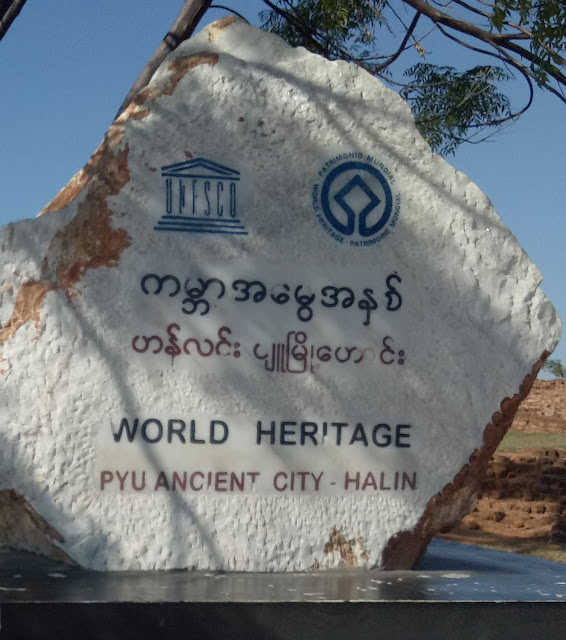The Temple of Hathor and Nefertari at Abu Simbel

The temple of Hathor and Nefertari , also known as the Small Temple at Abu Simbel, is one of the two massive rock-cut temples in the village of Abu Simbel in Upper Egypt. It was constructed approximately 100 meters northeast of the temple of Ramesses II and was dedicated to the goddess Hathor and Ramesses II's chief consort, Nefertari. The temple of Hathor and Nefertari at Abu Simbel The rock-cut facade is decorated with two groups of colossi that are separated by the large gateway, representing the king and his queen. On either side of the entrance are two statues of the king, wearing the white crown of Upper Egypt (south colossus) and the double crown (north colossus); these are flanked by statues of the queen. This is one of very few instances where the statues of the king and his queen have been depicted in the same size. A colossal statue at the entrance to the temple, depicting the king Ramesses II A colossal statue at the entrance to the temple, depicting the queen ...








